The US Surgeon General has called for a warning label on social media platforms, citing research that points to a link between social media use and poor mental health in adolescents.
"The mental health crisis among young people is an emergency — and social media has emerged as an important contributor," Surgeon General Vivek Murthy, MD, wrote in an op-ed published on June 17 in The New York Times.
"It is time to require a Surgeon General's warning label on social media platforms, stating that social media is associated with significant mental health harms for adolescents," he added.
Murthy's announcement has received a mixed response from experts in the field, with some applauding the effort and others questioning whether a warning label would have any real benefit.
Making the Case
Murthy's call for a warning label comes about a year after he issued an advisory on social media that included specific steps for policymakers, platforms, and the public to make social media safer for youth.
In that advisory and in last week's editorial, Murthy cited a growing body of research to bolster the argument citing the dangers social media poses to adolescent mental health.
Among them is research previously reported by Medscape Medical News showing adolescents who spend more than 3 hours a day on social media have a twofold increased risk for mental health symptoms like anxiety and depression. Daily estimated social media use among adolescents is estimated to be 4.8 hours, Murthy added.
Other research cited by Murthy included findings that indicate excessive social media use can negatively affect teens' body image, encourage bullying, and other harmful behaviors.
However, the research isn't entirely conclusive, Heather Kirkorian, PhD, professor and chair, Human Development and Family Studies, and director of the Cognitive Development and Media Lab, University of Wisconsin-Madison, told Medscape Medical News.
She referenced a 2020 meta-review that underscores the variability of research findings, with some studies showing no effects, some positive, and others showing a slight negative association between social media use and mental health. Much of the available literature is cross-sectional, measuring a single point in time, Kirkorian noted.
One exception, she added, is an 8-year study published in 2020. That research revealed evidence of within-person associations between early social media use and depression and anxiety. But it was not without its problems, including a small sample size and measures based on self-reports, she added.
One of the largest longitudinal studies of tweens and teens examined whether early life satisfaction predicted later social media use and vice versa. The investigators found small-to-negligible effects in both directions, particularly for girls, said Kirkorian.
Studies often focus on screen time, but understanding the specific online activities of children provides deeper insights and reveals differences in use among individuals, she said.
Increasingly, Kirkorian and other researchers are turning to ecological momentary assessment (EMA), or mini surveys, sent via text or app on a cell phone several times per day across several weeks to look at fluctuations within an individual rather than comparing one child with another.
Although it's only a preliminary finding, a key finding from one recent EMA analysis showed longer and more frequent smartphone use predicted higher, not lower, well-being the next day, she said.
Would It Work?
In his call for a warning label, Murthy reiterated the need for the kinds of strategies outlined in his earlier advisory. These include measures to prevent platforms from collecting sensitive data on children and restrict features like push notifications, autoplay, and infinite scroll, which "prey on developing brains and contribute to excessive use." he wrote.
"Evidence from tobacco studies shows that warning labels can increase awareness and change behavior," he noted. In a recent survey of Latino parents, 76% reported that a warning label from the Surgeon General would prompt them to limit or monitor their children's social media use," Murthy wrote.
Kirkorian has mixed feelings about the prospect of a warning label for social media. While the medical community's focus is on minimizing harm, a warning label that doesn't tell parents and adolescents what to do may not be particularly helpful, she said.
"I don't know if that's what's most needed in this case because I think teens and parents alike are aware of all the messaging that social media is bad for kids' mental health," she said.
Murthy's call isn't necessarily surprising, given his long-standing views on the issue, Yann Poncin, MD, assistant professor of child psychiatry at the Yale School of Medicine and vice-chair for clinical affairs and quality and safety at the Yale Child Study Center in New Haven, Connecticut, told Medscape Medical News.
"I thought, 'This is terrific. I don't think a single kid is going read this and go: Oh, let me forget Snapchat; I read the surgeon general's warning'," Poncin said. "But I think it's one step. I call it giving parents more cover."
The call for a warning "label is more than a salvo," added Poncin, who said he views it as part of a multipronged effort of creating a subculture of parents who are able to unglue their children from their devices more readily, removing cell phones from schools, and raising the minimum age for social media from 13 to 16 years with some enforcement mechanism other than the current honor code.
What Happens Next?
Adding a warning label requires congressional action, and it's unclear if there is enough support to pass such legislation. And implementing other social media safeguards may take years.
In the meantime, Poncin said psychiatrists and other clinicians can open up conversations about social media use as part of a typical exam and work with parents on any of the more challenging elements.
Clinicians can also help parents create a family social media plan, like the one released by the American Academy of Pediatrics. The academy's plan is part of a holistic approach to the issue, Nusheen Ameenuddin, MD, MPH, immediate past chair of the AAP's Council on Communications and Media, told Medscape Medical News.
"I don't think the warning label solves the problem of creating a healthier online environment for children. It's just saying this is harmful, and, again, there's nuance to that," Ameenuddin said.
"Our next focus, if we really want to do something that helps children and youth and families, is to find a way to hold tech companies accountable," Ameenuddin said. "Really, tech companies are there to keep people scrolling, to keep people engaged because that leads to greater revenue, and that's not built with healthy child development in mind."
Kirkorian reported serving on advisory boards for Sesame Workshop and serving as an advisor and consultant for Common Sense Media. Poncin and Ameenuddin reported no relevant conflicts of interest.
Patrice Wendling is an independent journalist based in Chicago.

.webp) 2 days ago
2
2 days ago
2


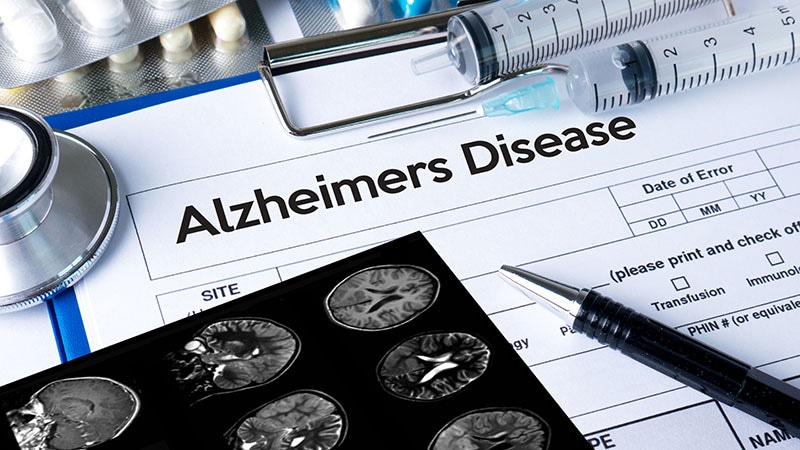







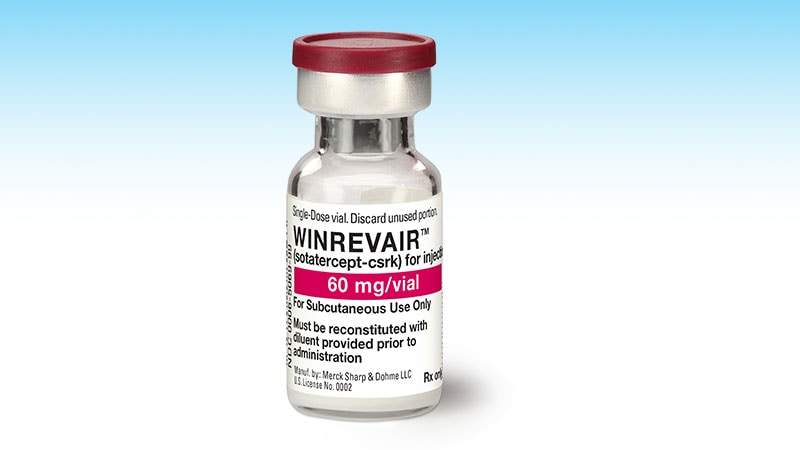
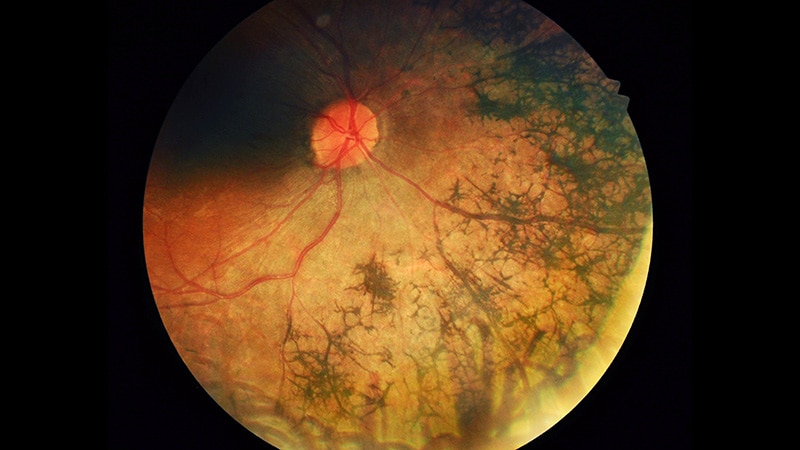


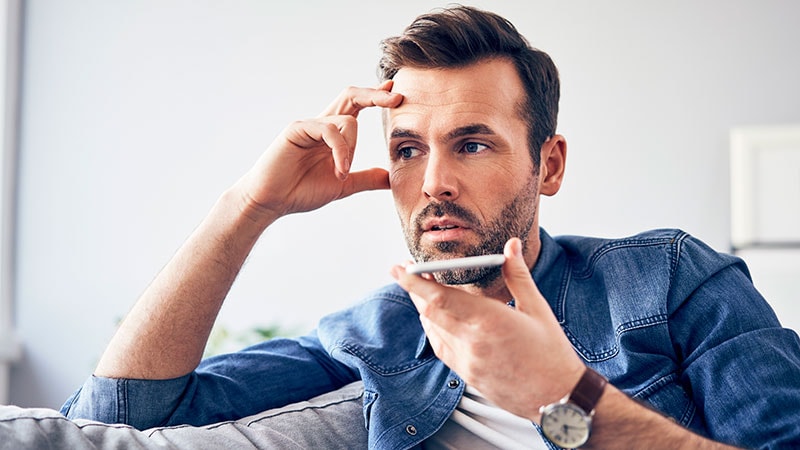




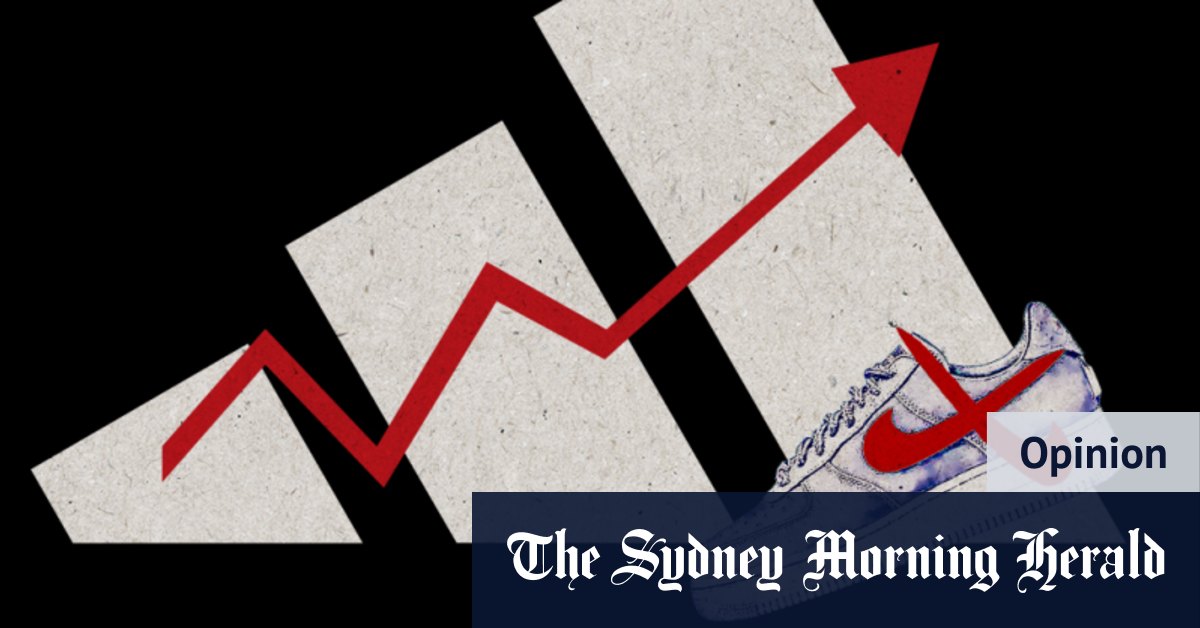
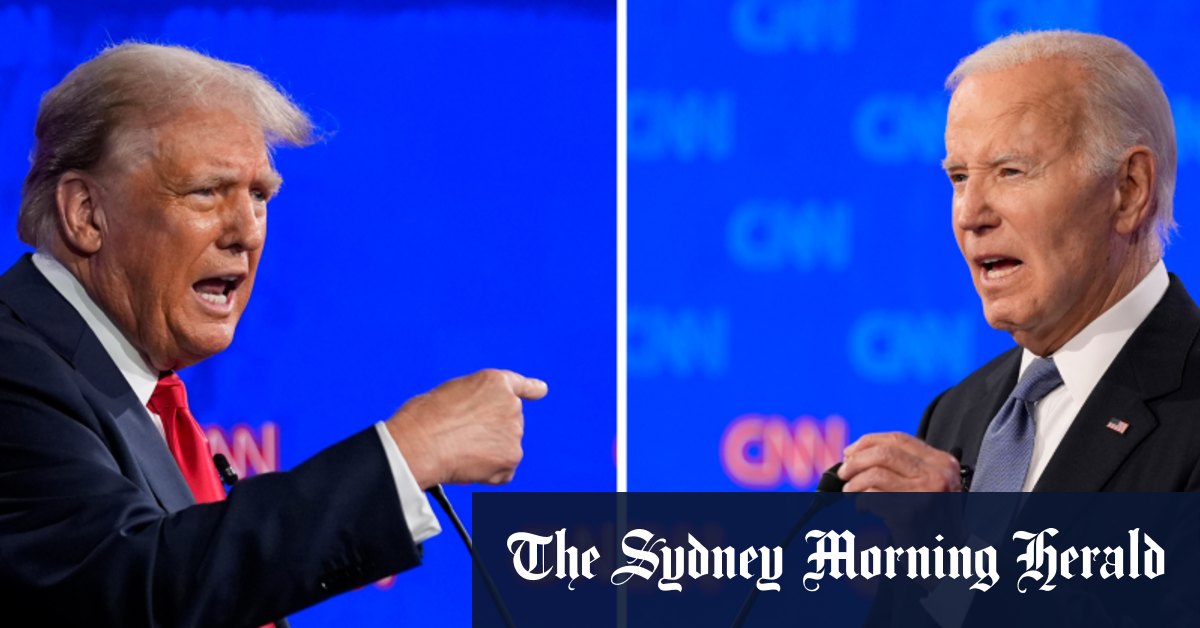








 English (US)
English (US)